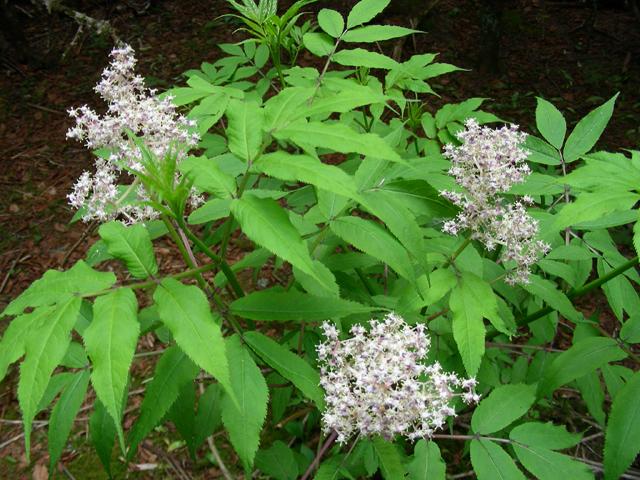QUESTION: Do I need to keep dead perennial stems
for three years in order for them to be of benefit to
pollinators?
ANSWER: While it seems like “new” information, the three-year timeline for perennial
stems is derived from the life cycle of stem-nesting pollinators. Your first reaction might be,
“Three years!,” but it isn’t as dramatic as it would seem—you don’t need three years of
dead stems standing in the garden.
Year 1 – The first year is the year of growth, including cutting pithy or hollow stems to
create entrances. The general recommendation for stem length is 8 inches minimum.
Because the stems have to last through a couple of winters, they should be dry and rigid, or
woody, for this phase.
Year 2 – The second year is when invertebrates will access this new real estate. Imagine that
the stems matured in late summer or fall; pollinators will be active the following spring and
early summer (in general). They will lay eggs and larvae will develop up to pupation in the
stems. The stems must remain through the growing season and into the following year,
when any surviving pupae emerge as adults to begin the cycle over.
Year 3 – The third year, then, is the emergence year. Any particular species of bee or wasp
may only be active for a few weeks in the summer; you need to wait until they have
emerged to remove the stems. Once they have left the nest, you may then wish to cut them
back and get rid of them to prevent re-use, which, while not intrinsically bad, can cause
concentrations of pathogens. (The same reason you clean and change the straws in a bee
house).
Two common questions arise:
1.) Do we have stem-nesting bees in Colorado? Yes. The vast majority of native bees here
are ground-nesting, but stem-nesting bees are found in Colorado. Defining some terms
here, though, will be helpful. Most entomologists refer to perennials as plants that last more
than a year. Most gardeners agree, with one important difference. Rare is the gardener who
includes trees and shrubs in the category, “perennials,” but insect scientists are not so
particular.
As a result, the research about bees nesting in
perennials usually refers to such “perennials” as Sambucus, Rosa, and Rubus, to name a few.
These are all woody plants—aka, shrubs! Will a
bee or wasp use a stem from a garden perennial? Maybe—but remember that the stems have to last through two winters; many herbaceous perennial stems aren’t durable enough. The only way to know for sure if stems are being used is to carefully check them for inhabitants. If you do find bees nesting in herbaceous plant stems, consider taking photos and submitting to iNaturalist so that others can benefit from your citizen-science data!
Photo: Sambucus racemosa (Red Elderberry)
Photo by Eric Beckers, courtesy of Ladybird
Johnson Wildflower Center

2.) Can I move the stems to another place in the garden? Yes. You can collect stems and use
them in bee “hotels” or gather them in an out-of-the-way place. Just be sure to protect them
from rotting, that is, orient them vertically, as they would have been while growing (tomato
cages can hold a lot of stems very naturally), or install them in an above-ground “hotel”
structure. Of course, you can leave the stems in place too, and let the following year’s
foliage cover them. Just remember that longer stems are better, and 8 inches is a general
minimum.
Answer developed by:
John Murgel
Extension Specialist, Horticulture and Natural Resources
Douglas County
Colorado State University Extension
For additional information on this topic, please see the “Spring Stem Cleanup” article by Jennifer Heath in WOFR’s March 2023 newsletter
